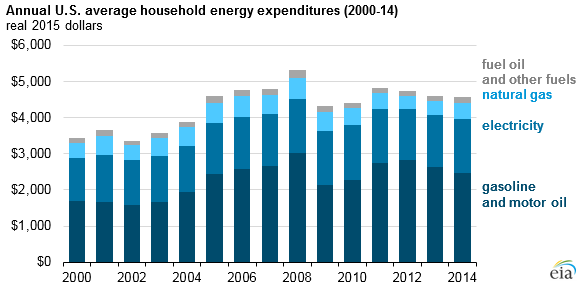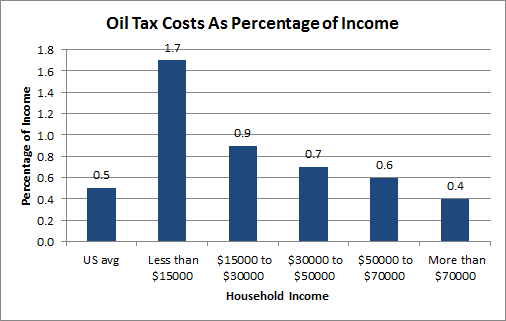Talking vs. Doing on Climate
Mark Green
Posted June 16, 2016
When it comes to making actual progress on climate through the reduction of carbon emissions, basically there are two groups: talkers and doers.
Talkers spend much of their time filibustering on the need to reduce emissions through central government planning – bureaucratic programs, new layers of regulation, onerous pricing mechanisms and more – while criticizing those who don’t rush to embrace Washington climate think.
As for the doers, they’re already reducing emissions. Our industry is part of this second group.
Our companies are science and engineering businesses. They tackle challenges with fact-based approaches built on field experience and bounded by free-market principles. They don’t enjoy the luxury of departing from that foundation simply to appear busy or concerned – on climate or other issues. Neither are they inclined to wait for government action or to embrace vague concepts. On climate, we’re interested in “doing” over “talking.”
Here’s what that looks like: The United States is leading the world in reducing energy-associated carbon emissions. This is occurring without any Rube Goldberg government programs, without new energy taxes, without Washington taking the lead. It’s occurring chiefly because our industry is producing more and more clean-burning natural gas, and the private market is welcoming it, with lower emissions as a result.
The U.S. Energy Information Administration (EIA) projects that carbon emissions will be lower in 2040, largely thanks to more electricity generation fueled by natural gas. Put simply, increased use of natural gas has been at the heart of America’s climate progress and will continue to play a major role in emissions reductions well into the future.
Another way industry leads by doing is its investments in greenhouse gas-reducing technologies. From 2000 through 2014, these investments totaled $90 billion – more than twice that of the next closest industry sector and nearly as much as the federal government.
The story gets even better when you consider that America’s energy revolution – which has made the U.S. the world’s leading producer of oil and natural gas – has profound consumer and security benefits as well.
U.S. production has impacted global crude markets and translated into lower energy costs for individual Americans at the pump. AAA says lower gasoline prices allowed each licensed U.S. driver to save an average of more than $550 in 2015. EIA estimates that since 2008 the average American household has saved almost $750 in annual energy costs:

In terms of security, the U.S. is less dependent on others for energy, which has made America stronger in the world today. We’re exporting crude oil without restrictions for the first time in four decades and liquid natural gas exporting facilities are coming on line – both to the benefit of allies abroad.
Again, there’s lots of talk by a lot of folks in Washington about climate. A good deal of that talking centers on increasing the cost of energy. Fortunately, that talk hasn’t resulted in action, as higher energy costs tend to have the greatest impact on those least able to bear it.
As an example of the regressive nature of increasing energy costs, earlier this year the White House proposed a $10-per-barrel tax on oil ($10.25 to be precise). We pointed out the potential increased costs per household because of increased transportation costs due to the tax. According to the Congressional Research Service, this tax could increase gasoline prices by as much as 24 cents per gallon. We also discussed, based on out-of-pocket expenses, how these costs would have more effect on lower-income Americans, because oil tax costs would consume a greater percentage of their income than other income groups:

Progress depends on identifying what works. For climate, it’s the new U.S. energy reality: A more secure and energy self-sufficient America – thanks to increased energy production that’s boosting our economy – even as carbon emissions decline. Sustaining and expanding this successful model is where our country’s climate focus should be.
About The Author
Mark Green joined API after a career in newspaper journalism, including 16 years as national editorial writer for The Oklahoman in the paper’s Washington bureau. Previously, Mark was a reporter, copy editor and sports editor at an assortment of newspapers. He earned his journalism degree from the University of Oklahoma and master’s in journalism and public affairs from American University. He and his wife Pamela have two grown children and six grandchildren.


